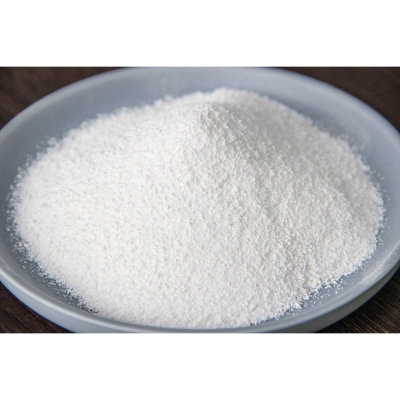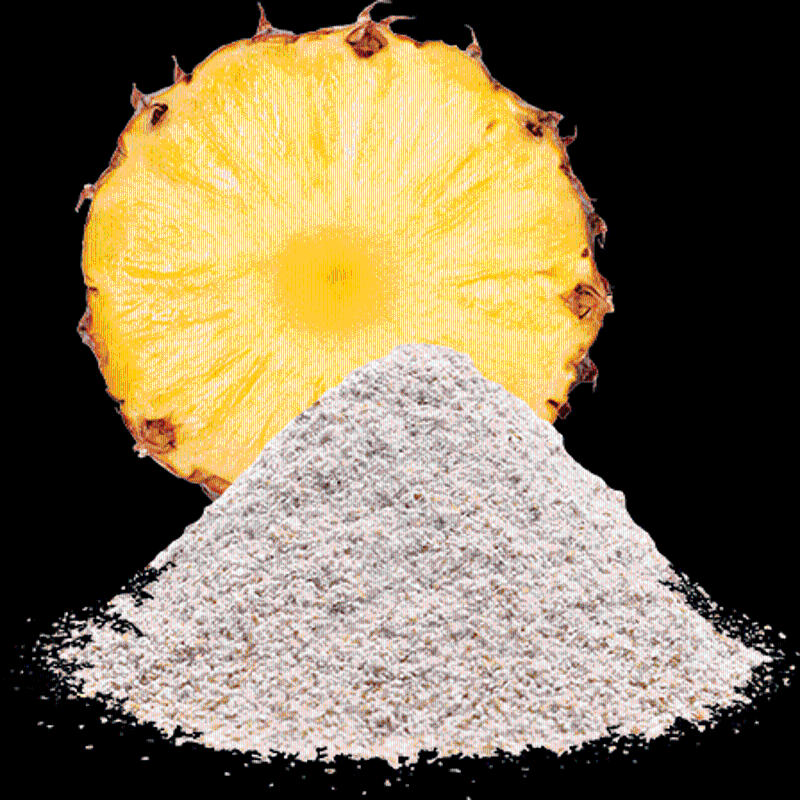-
Categories
-
Pharmaceutical Intermediates
-
Active Pharmaceutical Ingredients
-
Food Additives
- Industrial Coatings
- Agrochemicals
- Dyes and Pigments
- Surfactant
- Flavors and Fragrances
- Chemical Reagents
- Catalyst and Auxiliary
- Natural Products
- Inorganic Chemistry
-
Organic Chemistry
-
Biochemical Engineering
- Analytical Chemistry
-
Cosmetic Ingredient
- Water Treatment Chemical
-
Pharmaceutical Intermediates
Promotion
ECHEMI Mall
Wholesale
Weekly Price
Exhibition
News
-
Trade Service
Lu Fuping, Deputy Secretary of the Party Committee and President of Tianjin University of Science and Technology
In this issue, the column of "Forging a New Journey, Contributing to a New Era" specially invites experts from China Foods Think Tank, Deputy Secretary of the Party Committee and President of Tianjin University of Science and Technology, Professor Lu Fuping, to share his unique views on "the 'chip' of the food manufacturing industry - food enzymes"
Lu Fuping, Deputy Secretary of the Party Committee and President of Tianjin University of Science and Technology (first from the right)
Food enzymes have broad application prospects
Food enzymes are commonly found in animals, plants and microorganisms and can be obtained by extraction or fermentation
Food enzyme is an intermediate catalytic medium, and the products circulating in the market are often the final products formed by it, and consumers are often unfamiliar with it
The application of food enzymes mainly involves the manufacture of starch and starch products, the manufacture of dairy products, the manufacture of baked goods, the manufacture of condiments, the manufacture of fermented products, the manufacture of food additives, and the manufacture of wine and beverages
With the improvement of people's requirements for food health, nutrition and safety, food enzymes are also facing higher challenges
Food enzyme research tends to be smart and efficient
Commonly used food enzymes can be divided into carbohydrase, protease, lipase, oxidoreductase and isomerase
Using molecular simulation technology, the three-dimensional conformation of food enzyme molecules can be visually observed, so as to further deepen the understanding of the catalytic mechanism of food enzymes and guide the efficient and rational design of food enzyme molecules
In addition, the development of synthetic biology technology, high-throughput screening, efficient gene editing and other technical systems has made the performance modification of food enzymes more accurate and fast
Food Enzyme Standards Are Crucial
National and industry standards related to food enzyme preparations play a key role in regulating the production and use of food enzymes
The safety evaluation of food enzymes mainly includes two categories: source safety and production and processing safety
Accordingly, microbial-derived enzyme-producing strains must have the following characteristics: First, they are non-pathogenic and do not produce physiologically active substances such as toxins, antibiotics, and hormones
Therefore, for food enzyme standards, safety evaluation has become an important indicator
China's food-use enzyme preparations are managed as processing aids as food additives.
"China Food News" (May 30, 2022 Edition 01)
(Editor-in-charge: Zhou Yan)







